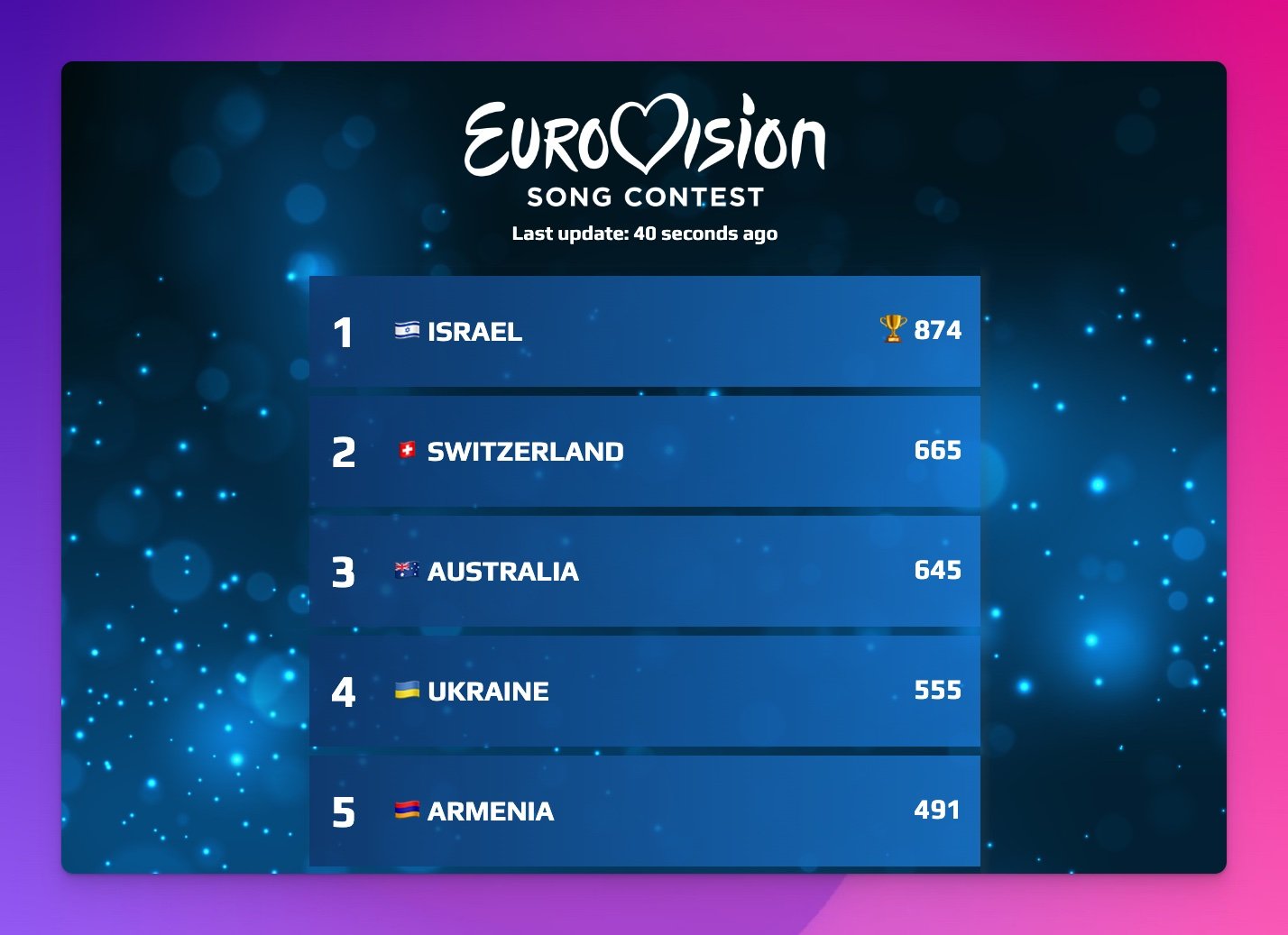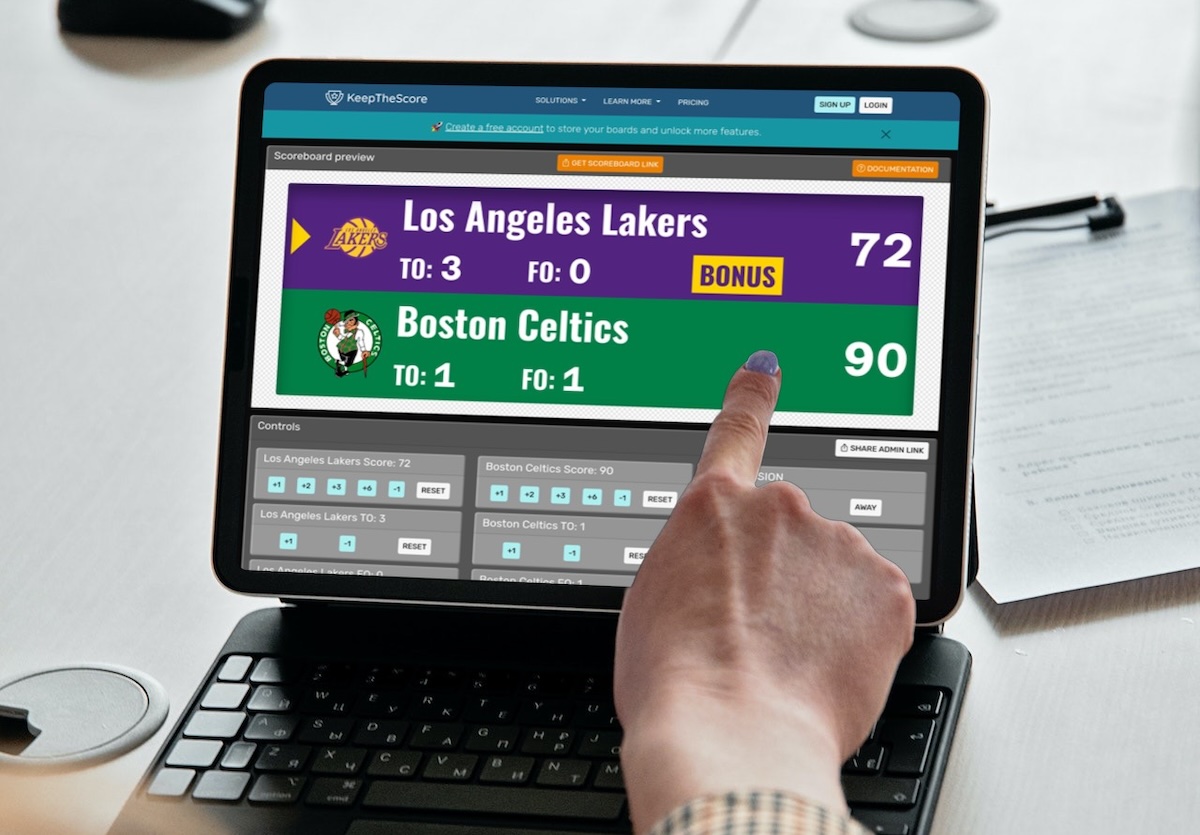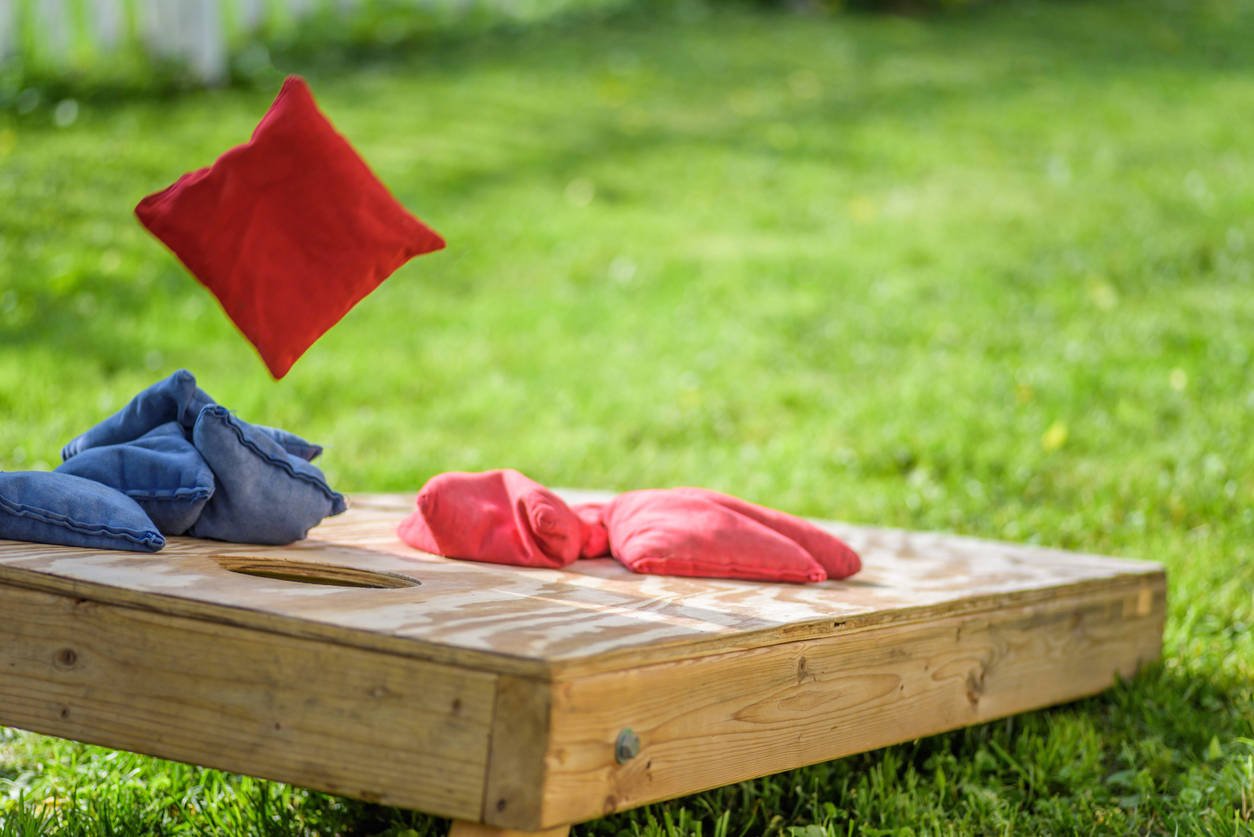How to Transform Household Tasks into Fun Family Challenges
Humanity has been fantasizing about the idea of cleaning robots for decades. Rosie, the beloved robot maid from the cartoon The Jetsons, and Wall-E have been cemented in popular culture. They are icons for a future in which the monotonous, incessant, and thankless tasks of cleaning and tidying can be outsourced entirely to machines.
Unfortunately, all we’ve got so far is the Roomba. And it will likely be a while until bots are capable and affordable enough to load the dishwasher, fold the laundry, and scrub the windows. So what’s the solution? What about motivating your partner and mini-mes to tackle the household chores! Let’s find out how.
 A robot loading washing into another robot
A robot loading washing into another robot
Benefits of Gamifiying Chores
Although there is something deeply satisfying about sitting in a just vacuumed room, with all your stuff in its place, while sporting freshly laundered clothes, few people actually enjoy doing the work to get there. That’s why turning housework into a game is step one. What are the concrete benefits?
-
Increased intrinsic & extrinsic motivation: Turning chores into a game provides both an external reward system as well as an internal sense of accomplishment and satisfaction at a job well done. This increases motivation.
-
Greater productivity: With rewards and prizes on the line, there’s less time for procrastination. Not only are tasks completed more quickly, time is also allocated more efficiently. Leaving more time for the truly fun stuff!
-
More family bonding & better communication: Rather than fighting over who unloaded the dishwasher last time, all family members can be encouraged to work together towards a common goal.
-
Skill development: Winning a game requires a strategy. Which is why gamification hones skills like time management and organization.
But how does it work?
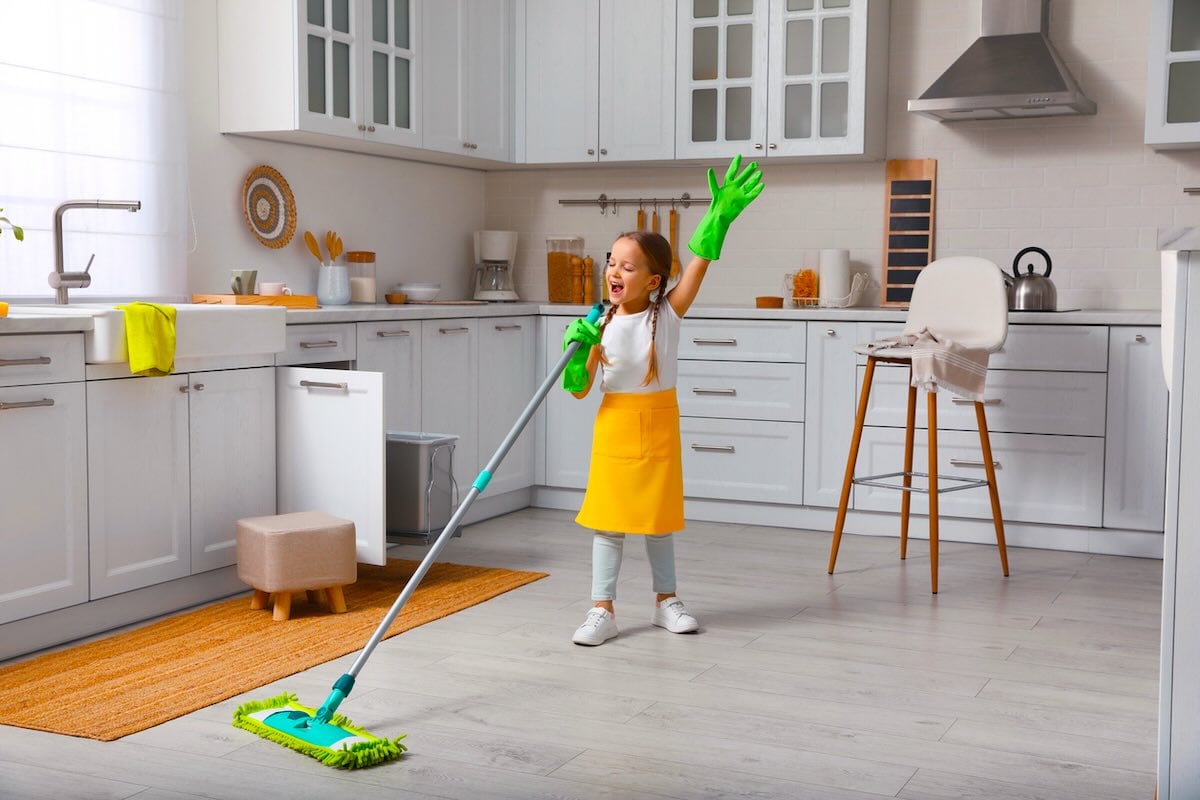 It's all about the mindset
It's all about the mindset
Setting Up Your Chore Gamification System
Every game has a clear set of rules. The chores game is no different. What else do you need to get started?
-
Chore list: What tasks can be easily allocated? Loading the dishwasher, taking out the trash, and vacuuming the living room are easy enough for everyone in the family to complete.
-
Awarding points: Devise a fair system. For example, chores that take longer could have a higher point value.
-
Challenges & quests: Create a system of daily challenges and weekly quests. A challenge can be something small, e.g. make your bed, put away your toys, tidy your room. A quest, on the other hand, can be a more complex task or a series of chores, e.g., wash, dry, and put away the laundry; wash the car, inside and out.
-
Rewards & Incentives: In case your family isn’t in it for the glory, it’s a good idea to have some rewards and incentives ready. Collectible badges like Chore Champion and Household Hero are a fun way to encourage everyone to keep going. And for bigger accomplishments, family members can pool together their points for fun outings. And if all else fails, cold, hard cash definitely appeals to most!
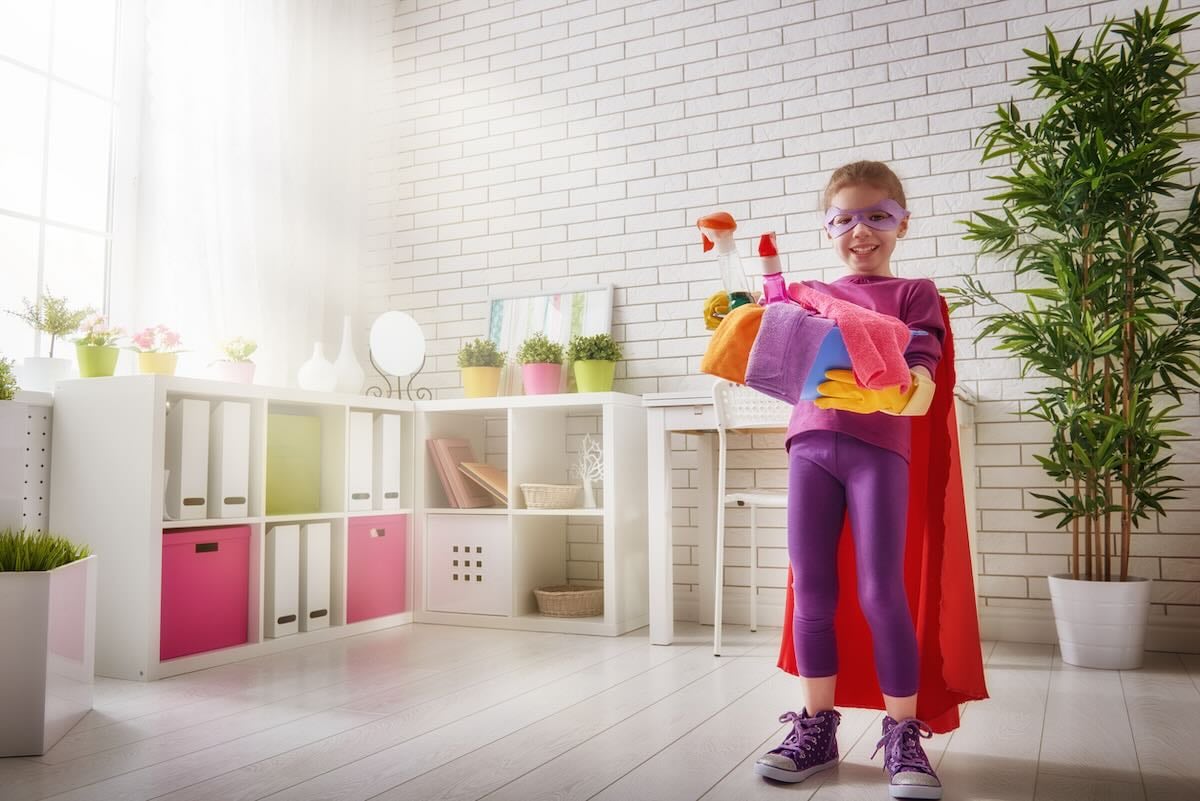 Super cleaner
Super cleaner
Customizing for Different Age Groups
When you’re a child, everything is fun if you turn it into a game. Even eating your vegetables. That might not be the case for teenagers. And although having a clean house might be enough impetus for adults, a little extra motivational nudge won’t hurt. So how do you get everyone on Team Clean?
-
Younger children: Win over younger children with a game! Maybe a stuffed animal toss to tidy up scattered toys or a match the socks race for sorting clean laundry.
-
Teenagers: Older children tend to respond better to a more competitive challenge. So try having teenagers compete against each other or the adults in the family. Who is the fastest, the most efficient, the most creative at completing specific chores. Incentives can also be adapted to this target audience, e.g., a later curfew or more time on their digital devices.
-
Adults: The adults in the family are usually juggling a lot of balls and just trying to stay afloat. So try to stay motivated by equating chores with other important daily tasks like e.g., exercise and charitable work. Gardening for one hour could be considered the equivalent of a 30-minute run. Decluttering could be the first step to making a donation to a local shelter.
 Combining things you love?
Combining things you love?
How to Set Up a Chore Leaderboard with KeepTheScore
Now that you have a strategy for gamifying your household chores, how can you best keep track of points earned and competitions won? A KeepTheScore leaderboard is a great solution. Here’s how to get started:
- Click the button above
- Enter the names of your participants, choose your score format, and enter your scoring units, e.g. chore points.
- In settings, select a theme, layout, and title for your leaderboard.
- Start counting your points!
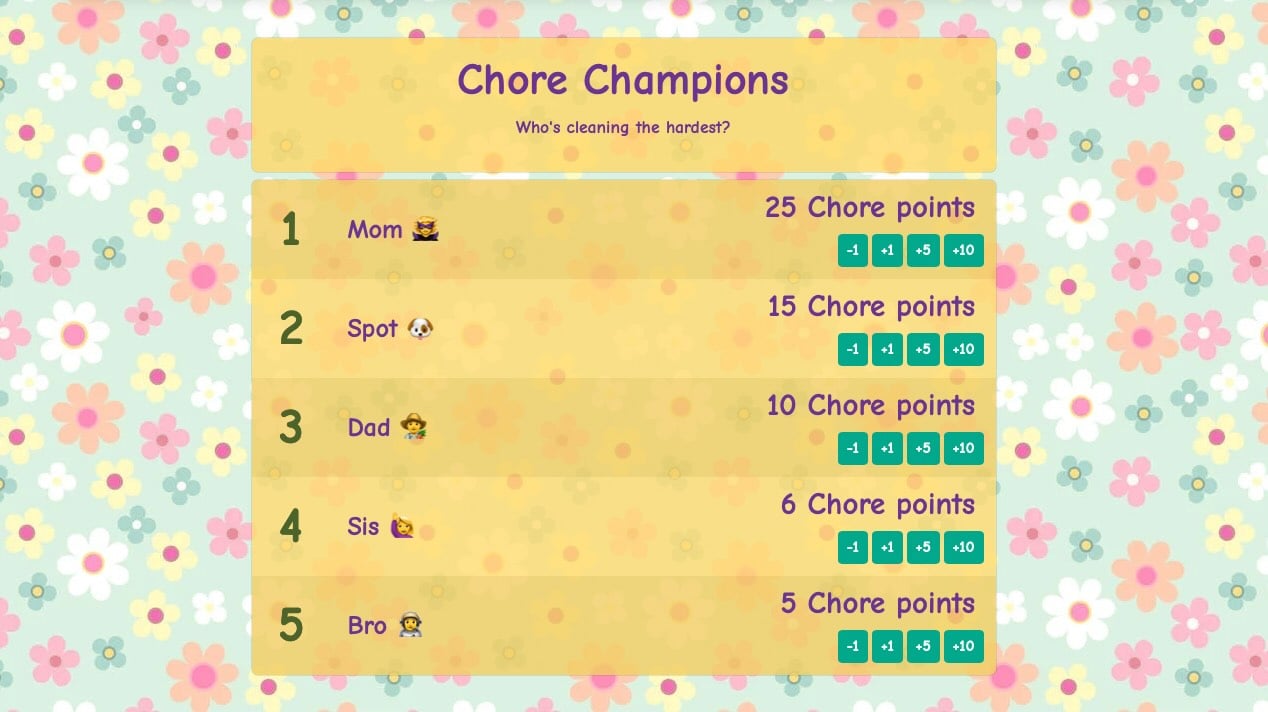 A family chore leaderboard
A family chore leaderboard
How to Set Up a Chore scoresheet with KeepTheScore
Or maybe you’d rather keep a weekly tally of individual activities to determine who the Household Hero was for each week. In that case, use KeepTheScore to create a scoresheet:
- Click the button above
- Enter the names of your participants, choose your score format, and enter your scoring units, e.g. chore points.
- In settings, select a theme, layout, and title for your scoresheet.
- In settings, you can also describe your rounds in the description section, e.g. Round 1: Vacuuming; Round 2: Mopping; Round 3: Laundry
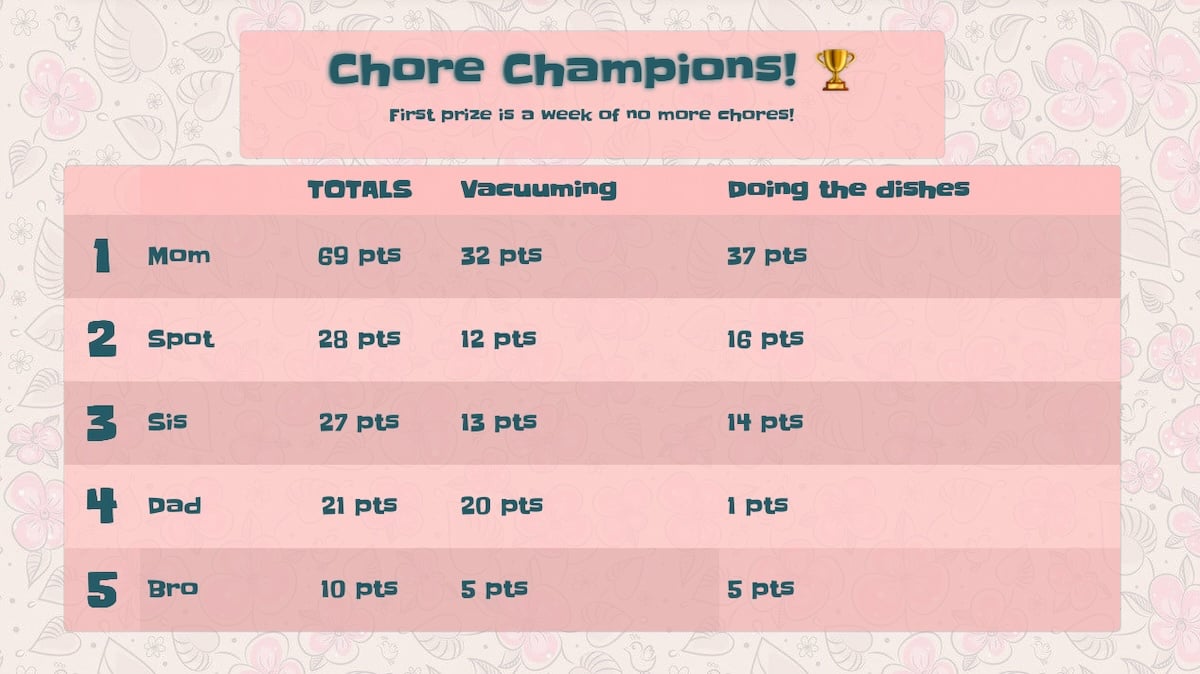 A family chore scoresheet with rounds
A family chore scoresheet with rounds
Maintaining Long-Term Engagement
Even if you make an effort to appeal to everyone and try to make housework fun, it will be tough to maintain long-term engagement without a good strategy. How can you keep everyone excited about cleaning?
-
Refresh chores: Add new chores to the list as children get older and are able to take on more responsibility.
-
Seasonal themes: Create new challenges based on the holidays. For example, in October everyone can do their chores in costume. In December, you can have an Elf of the Week badge.
-
Random bonus points: Have you got a big mess in the kitchen? Make it a double points day! Everyone who participates in cleanup gets double the usual points for the same chores.
-
Custom avatars: Have each family member design their own leaderboard avatar.
-
Role reversal: Let the kids assign tasks on role-reversal day. Maybe the adults have to clean up the kids' rooms and vice-versa
Ultimately the real incentive to keep going is a clean and cozy home! But if you want to have fun along the way and make cleaning a family affair that everyone can enjoy, then let KeepTheScore help you out!
